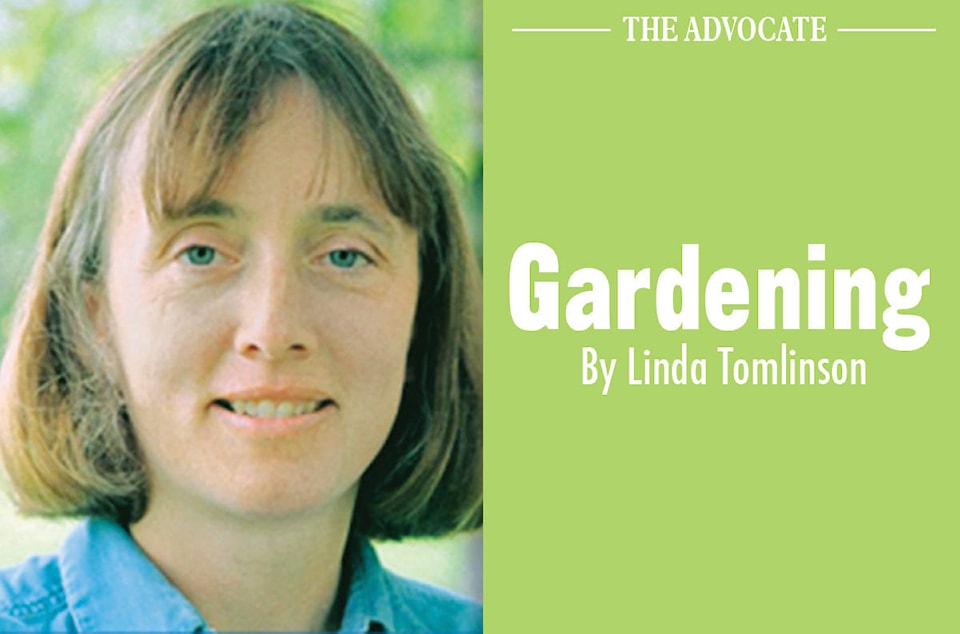For most, flowers are grown for aesthetics, to be attractive and add another colour dimension to the garden and house. .
It is the vegetable gardeners and scientists that look past the petals to determine if the flower has a pistil and or a stamen. Some flowers contain both the stamen and the pistil and are called complete while others are either male or female.
Complete flowers often self-pollinate when a plant is giggles or sways in the wind. They’re also easily pollinated by insects as the insects just has to shake the flower to transfer pollen to the pistil . This is not the case with incomplete flowers as the pollen must be transferred from one flower to the next. If there both male and female flowers are not blooming on that day, pollination will not take place. The length of time the flower is open is dependent on the plant variety and the weather.
In the vegetable garden, the pumpkins, squash, cucumbers and melons have incomplete flowers. Insects will pollinate a number of flowers but with the local season being short, human intervention is needed. The easiest way to tell if a flower is female is to look at the base of the flower. If there is a miniature fruit behind the flower, it is female. When the small fruit is absent, the flower is male.
To pollinate a plant, take the pollen from the male flower and place it on the top of the pistil in the female flower. This can be done with a Q-tip or by rubbing the flowers together. For best results, use flowers of the same variety as they will not always cross pollinate. If plants do cross pollinate it will not have any effect on the fruit, but the seeds within the fruit will have variations or not be viable.
The best time to pollinate is early in the morning when the flowers first open. Often the flowers are spent by mid or late afternoon.
Most cucumber varieties can also be pollinated in this manner. The exception being what is often called Long English or Greenhouse cucumbers that are long, thin and do not produce seeds. These cucumbers were developed in Europe and are classified as parthenocarpic, they produce fruit without being pollinated. When these varieties are pollinated the fruit is crooked and has a different taste. If pollinated parthenocarpic cucumbers are left to mature, they become bitter.
Parthenocarpic cucumbers are grown in greenhouses to stop the plants from being pollinated by insects. The plants are also heat loving and need the heat of a greenhouse in Central Alberta to thrive.
Corn is a crop that does not rely on insects for pollination. It relies on the wind to move the pollen from one flower to the next. The instructions on a corn seed package will say to plant in blocks as opposed to one long row which allows the wind to carry pollen in all directions.
As the wind pollinates corn, two different varieties should not be placed in close proximity as there is a strong likelihood of the plants cross-pollinating. When this occurs one cob will have more than one type of kernel which in the case of sweet corn and ornamental corn, can render the cob inedible.
Summer is the time to enjoy the garden. For some people it is looking at the different colors and shapes of plants and flowers. For others it is the taste of fresh produce. If Squash, cucumbers and melons are a priority, make time in the morning to walk through the patch and pollinate as needed.
Linda Tomlinson is a horticulturalist that lives near Rocky Mountain House. She can be reached at your_garden@hotmail.com
